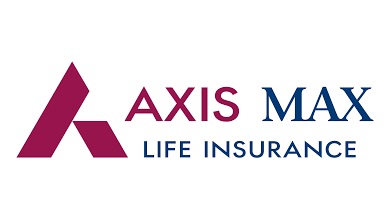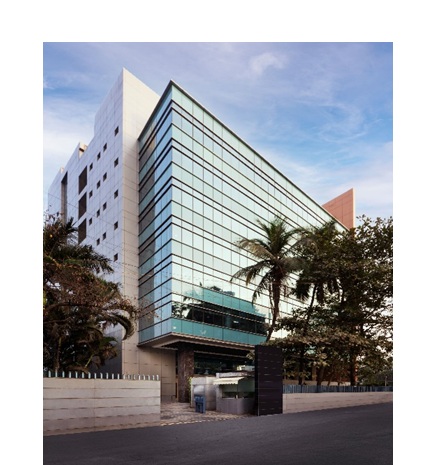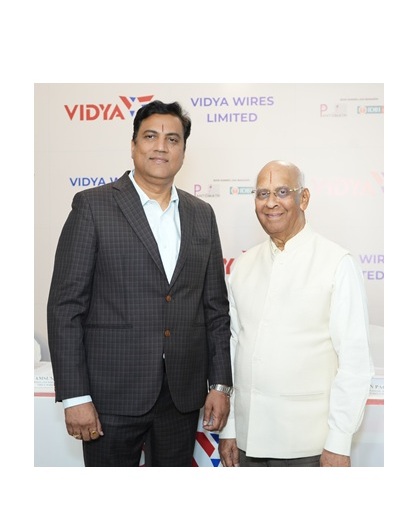- The Indian LGBTQIA+ community’s Protection Quotient at 35 – over 20 points below the digital urban average
- Life insurance ownership for the cohort at 66% vs. 82% of digitally-savvy urban Indians
- Working women’s protection quotient remains at 48; while working men’s protection quotient rises to 50, revealing a widening gender gap
- Financial anxieties around inflation, medical emergencies, and loss of breadwinner are more acute among working women
- Shift in financial planning behaviours points to an urgent need for inclusive interventions
New Delhi : Axis Max Life Insurance Limited (“Axis Max Life” / “Company”), in partnership with Kantar, the world’s leading marketing data and analytics company announced findings from the seventh edition of its flagship India Protection Quotient (IPQ) study. Conducted across 6,360 households in 25 urban Indian cities, IPQ 7.0 highlights critical gaps in financial preparedness among underserved communities – particularly the LGBTQIA+ segment and working women.
LGBTQIA+ Community: Financial Protection Lags Despite Intent
With a Protection Quotient score of 35 (on a scale of 0–100), the LGBTQIA+ community trails the digitally savvy urban average of 56, highlighting significant financial vulnerability. The community also reports a Knowledge Index score of 61, compared to 74 for Digitally Savvy Urban Indians (DSUI) – indicating lower awareness of life insurance. The life insurance ownership stands at 66% versus 82% (DSUI), and term ownership at 27 versus 48 among DSUI respondents. Financial security of the community has also declined, dropping from 42 in IPQ 6.0 to 39 in IPQ 7.0. Rising concerns around the untimely death of a breadwinner, medical costs, and managing household budgets have emerged as key stressors.
While the community has historically shown strong saving behaviour, IPQ 7.0 highlights a decline in proactive financial planning underscoring the need for focused financial education and identity-sensitive offerings.
Gender Divide Sharpens: Women’s Financial Confidence Stalls
IPQ 7.0 reveals a growing protection gap between working men and women. While working men’s Protection Quotient rose to 50 (from 47 in IPQ 6.0), working women’s remained unchanged at 48 – breaking last year’s parity. Working women report lower financial security across key life goals such as retirement, children’s education, and marriage. They also express greater concern about inflation, medical expenses, and the loss of a breadwinner – reinforcing the need for gender-responsive planning and support tools.
Prashant Tripathy, CEO and Managing Director, Axis Max Life said:
“The IPQ 7.0 findings bring to light a clear disparity in financial protection among underserved segments. With the LGBTQIA+ community scoring just 35 on the Protection Quotient and working women showing stagnation at 48, it is evident that intent alone is not translating into preparedness. To bridge this gap, the industry must focus on trust-building, targeted awareness, and accessibility. At Axis Max Life, we believe creating inclusive financial ecosystems that are grounded in empathy and real-world relevance becomes critical to unlocking protection for all.”
The data from IPQ 7.0 underscores the need for financial literacy and protection strategies that are inclusive and sensitive to identity, gender, and income diversity. From designing more flexible products to enhancing digital and advisory access, the industry must evolve to serve every Indian with empathy and precision. For Axis Max Life, these insights are both a call to action and a reaffirmation of its commitment to building a more financially secure and inclusive India.






Leave a Reply